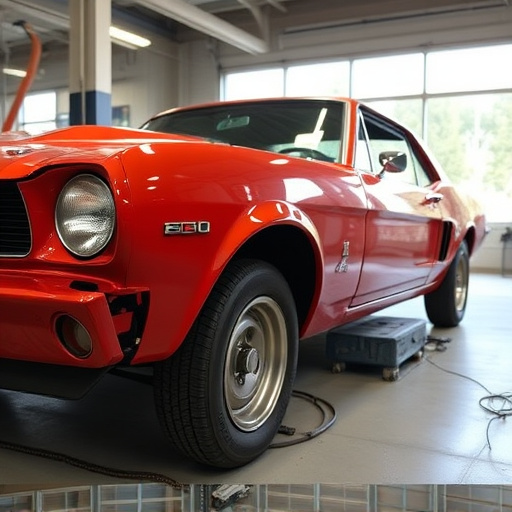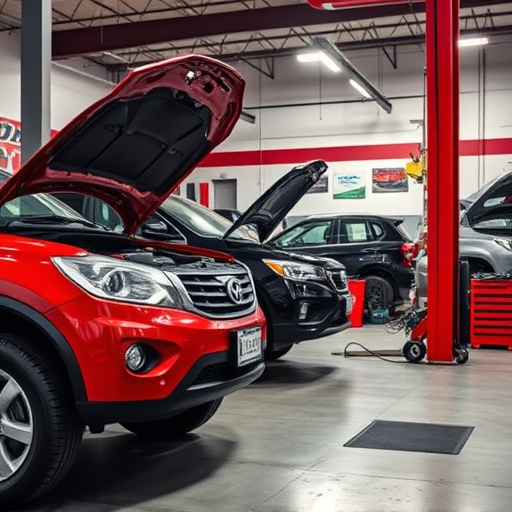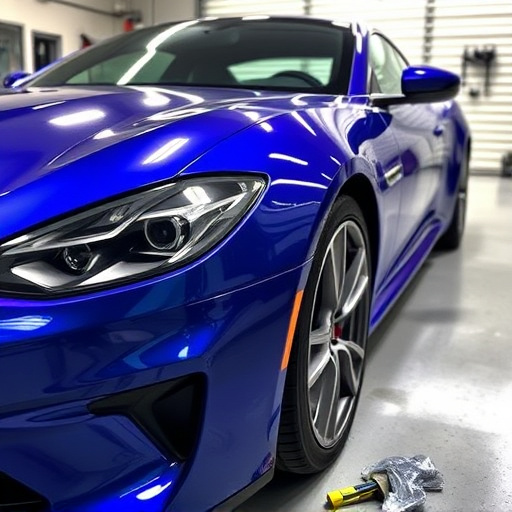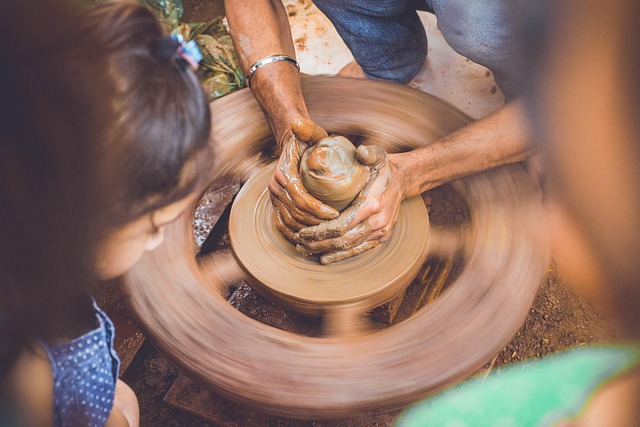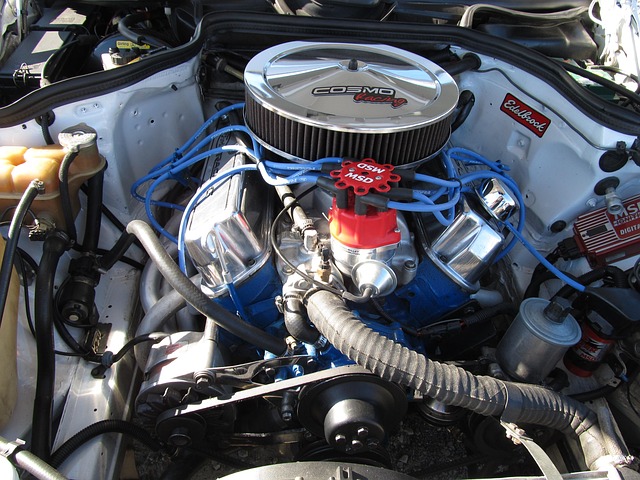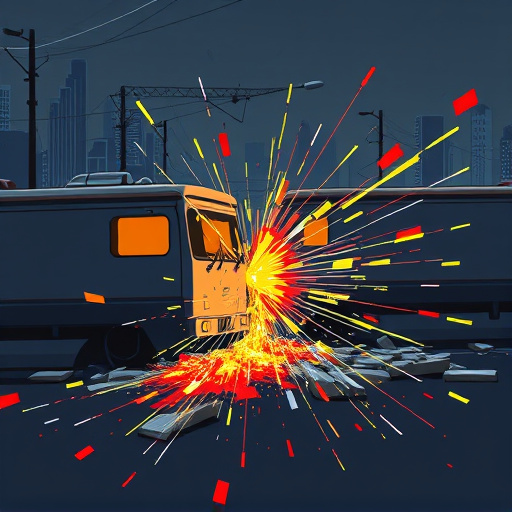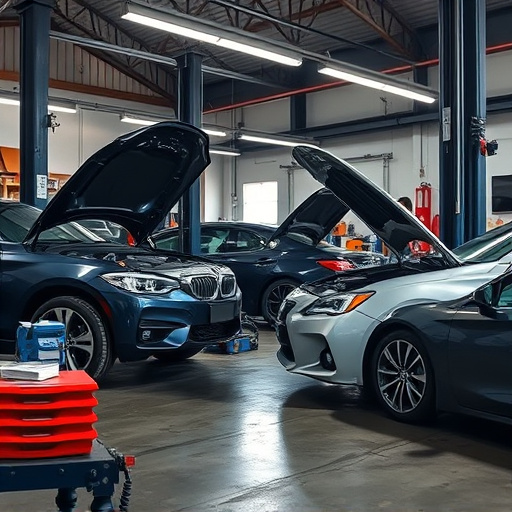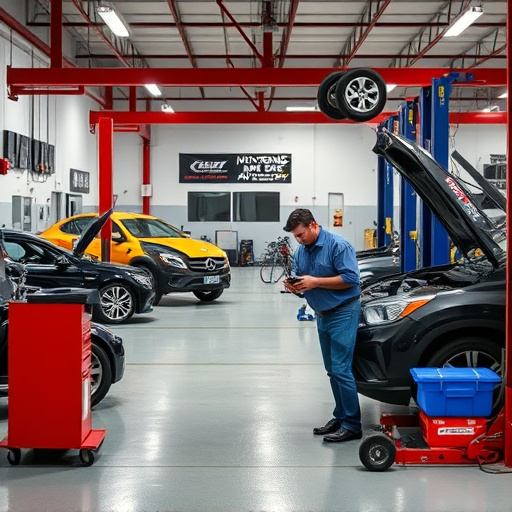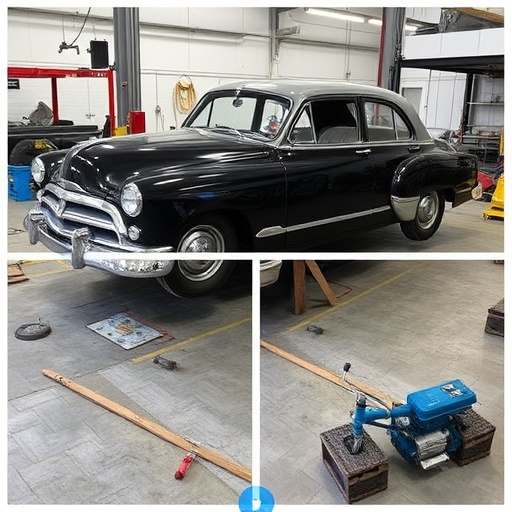Following an off-roading crash, careful axle repair is essential for safety and optimal performance. Inspect for common damages like housing cracks, affected u-joints, and CV joints. Prioritize thorough maintenance, including regular checks, lubrication, alignment, and cautious driving to prevent future issues. Promptly address minor concerns for overall vehicle reliability and safety on and off trails. Consider periodic professional inspections for peace of mind. For post-accident repairs, focus on axle repair after accident using suitable tools and parts while maintaining safety with jack stands.
After a crash, off-roading vehicles often sustain significant damage, with axles being particularly vulnerable. This comprehensive guide delves into the intricacies of axle repair for post-accident off-roading vehicles. We’ll explore common types of axle damage, providing a step-by-step repair process to ensure your vehicle is safe and roadworthy again. Additionally, we offer preventive measures to safeguard against future axle issues, empowering you with the knowledge to maintain your off-road machine’s critical components.
- Understanding Axle Damage After an Accident
- The Step-by-Step Guide to Axle Repair
- Tips for Preventing Future Axle Issues in Off-Roading Vehicles
Understanding Axle Damage After an Accident

After a crash, off-roading vehicles often sustain significant damage, with the axles being no exception. Axle repair after an accident is crucial for ensuring the vehicle’s safety and performance during future off-road adventures. Understanding the types of axle damage that can occur is the first step in effective repairs. In the event of a collision, various components of the axle assembly can be affected, including the axle housing, u-joints, and CV joints.
Cracks or deformations in the axle housing are common, especially if the vehicle experienced high impact during the accident. These damages can compromise the structural integrity of the axle, making it vital to assess and fix them promptly. In addition, automotive collision repair specialists should inspect the u-joints and CV joints for any signs of wear or misalignment. Prompt fender repair and auto body work alongside thorough axle maintenance ensures that off-roading vehicles are safe and ready to tackle challenging terrains once again.
The Step-by-Step Guide to Axle Repair

After a challenging off-roading adventure, accidents can happen, leaving your vehicle with damaged axles. Don’t let this setback deter you from getting back on the trail! Here’s a straightforward guide to help you tackle axle repair after an accident, ensuring your off-roading machine is back in top form.
Start by assessing the damage. Inspect the axle for any cracks, bends, or loose components. This initial evaluation will guide your repair process. Next, gather the necessary tools and parts—you’ll need a jack, jack stands, new axle components (if replacing), a wrench set, and possibly new bearings and seals. Safety is paramount, so ensure your workspace is level, and use jack stands to secure the vehicle properly before beginning any repairs. With proper preparation, you’re ready for the next steps in repairing your axle, bringing your off-roading vehicle back to its robust self, even after an auto collision repair.
Tips for Preventing Future Axle Issues in Off-Roading Vehicles

To prevent future axle issues in off-roading vehicles, regular maintenance is key. Check for any signs of wear and tear on your axles before and after each trip, focusing on components like bushings, bearings, and bolts. Regular lubrication of moving parts can significantly reduce friction and prolong their lifespan. Ensure proper alignment and balance to avoid uneven wear patterns, which could lead to costly axle repairs after accidents.
Additionally, take care when driving through rough terrain. Avoid sudden, sharp turns that put excessive strain on your axles. Keep a close eye on any anomalies during off-road adventures; addressing small issues early can save you from bigger problems down the line. Remember, prompt attention to minor concerns, such as cracks in axles or loose components, is crucial for maintaining optimal vehicle performance and safety. Consider periodic professional inspections to catch potential issues before they escalate, ensuring your off-roading vehicle remains reliable and safe on and off the trails.
In the event of an off-roading accident, prompt action to address axle damage is crucial. By understanding common types of axle harm and following a systematic repair guide, owners can effectively restore their vehicles. Regular maintenance and preventive measures, such as checking for wear and ensuring proper alignment, are key to avoiding future axle issues. Remember, a well-maintained off-roading vehicle is better equipped to handle the rigors of rugged terrain. Armed with knowledge of axle repair after an accident, you’re one step closer to getting your machine back on the trail safely and efficiently.
